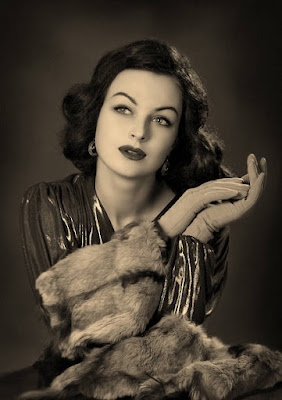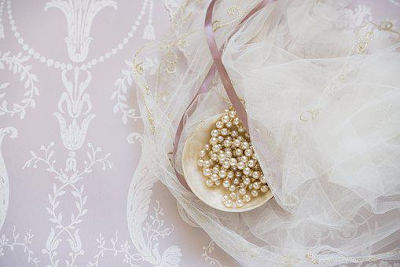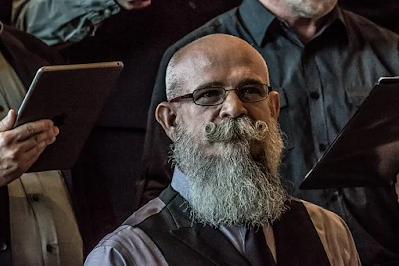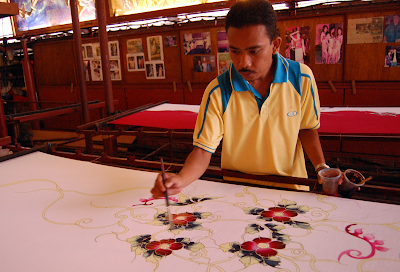Featured
- Get link
- X
- Other Apps
WHAT IS THE IMPACT OF ACTORS AND ACTRESSES ON FASHION?
IMPACT OF ACTORS AND ACTRESSES ON FASHION.
Professional performers and actresses have always captivated their audiences, but they were frequently linked with licentious sexual conduct until the twentieth century, making them difficult role models.
The men and women who made up the repertory companies of the Italian commedia dell'arte in the sixteenth and seventeenth centuries were perhaps the first genuine stage professionals in the modern sense.
Harlequin, Columbine, and Pierrot, among the stock figures they impersonated, left an indelible impact on fashion.
Women's shirts of the twentieth century had an extravagantly ruffled collar, similar to Pierrot's, and the diamond-patterned cloth of Harlequin's outfit is now part of the fashion vocabulary.
Theaters were built in London during the Elizabethan period, but when the Puritans took control of the city in 1620, the first thing they did was shut them down.
Charles II, the future King of England, was forced to escape to Paris after the Royalist loss in the English Civil War.
He spent a decade in exile at the court of Louis XIV, where he witnessed women on stage, both at court and in famous playhouses, wearing clothes that mirrored contemporary fashion trends.
Theater thrived when he returned to London in 1660, and his most renowned mistress was the actress Nell Gwyn.
During his rule, the "opening night" of a new play evolved into a social event as well as a costume parade, which it has remained ever since.
Sir Joshua Reynolds and Thomas Gainsborough painted the English actress Mrs. Sheridan (1754–1792), wife of playwright Richard Brinsley Sheridan, in the eighteenth century.
Other actresses posed for photographers, and their outfits and hairdo were widely imitated.
Caroline Abington, who married into the nobility, is said to be the first fashion consultant; she was chauffeured about London, advising her rich, titled acquaintances on sartorial issues, especially when a ball or wedding was approaching.
Fashion was also influenced by a number of French actors.
Sarah Bernhardt (1844–1923) was particularly well-known for her fashionable attire.
She traveled the globe and was the first actress to be outfitted by a couturier on the screens of the new cinema.
When her play Elizabeth I was shot in 1913, she requested Paul Poiret to design her costume, establishing a precedent that future couturiers would follow, from Coco Chanel and Hubert de Givenchy to Yves St.
Laurent and Catherine Deneuve's more recent long-term partnership on and off-screen.
Noel Coward (1899–1973), the actor, playwright, and director, made a polka-dotted silk Sulka dressinggown a staple of any well-dressed man's wardrobe.
In 1930, his favorite actress, Gertrude Lawrence, donned a backless garment on stage in Private Lives, and the style became immediately popular.
The "silver screen" succeeded where the theater had previously failed: it made wearing cosmetics not just acceptable, but a stylish requirement.
Jean Harlow established trends in hair and makeup.
In terms of fashion, the theater has less influence in the early twenty-first century than cinema.
The cinematic duos of the second half of the twentieth century and the beginning of the twenty-first century overshadowed the popular theatrical couples of the 1930s and 1940s—for example, the Oliviers and the Lunts.
The stage door, on the other hand, has its allure: its glitzy opening nights, gala evenings, and award ceremonies—all of which, like the Academy Awards, require "event dressing," and serve as yet another platform for designers and stylists willing to pitch in.
Find Jai on Twitter | LinkedIn | Instagram
- Get link
- X
- Other Apps















